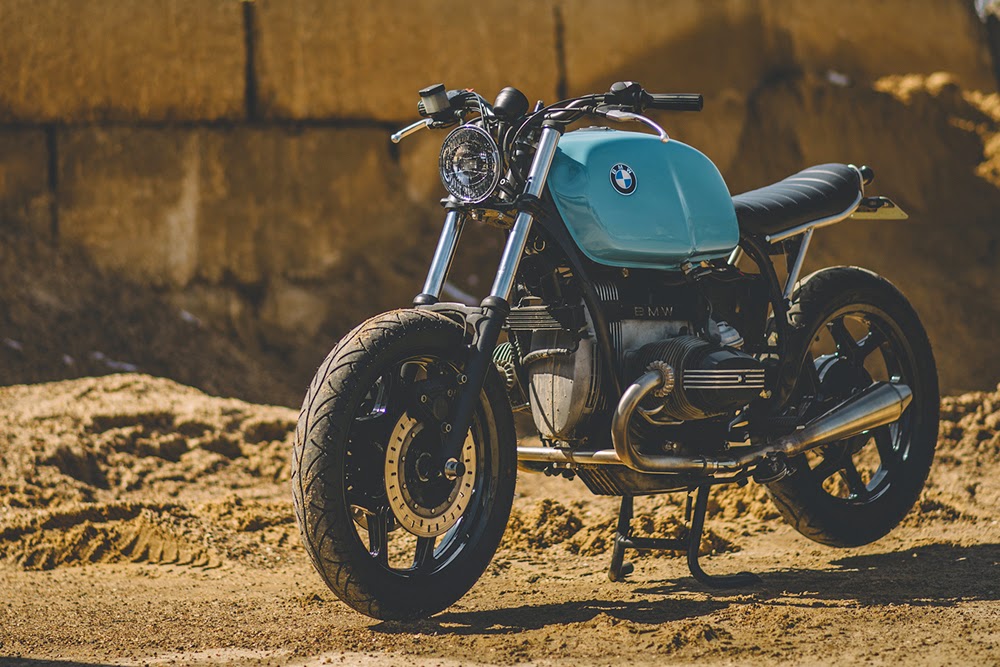[ad_1]
We owe many human achievements to the blossoming of the trendy mechanised period within the late nineteenth and early twentieth Centuries. Human infatuation with inner combustion and its seemingly limitless prospects led to some really superb creations, together with automobiles, bikes, powered flight, and touchdown a person on the moon. You can virtually think about them waking up one weekend morning with an insane thought like racing automobiles on a seashore or using a motorbike across the inside of a giant wood silo—after which truly doing the rattling factor, too.
So with that exact same wide-eyed optimism and scant regard for private security, some shiny spark in England within the late Twenties determined it might be ‘jolly good fun’ to take a motorbike that was solely designed to journey on roads and journey throughout the notoriously damp and muddy British countryside. That lightbulb second led—with an excessive amount of twists and turns—to at present’s scrambler bikes. Let’s dig in and discover out extra.
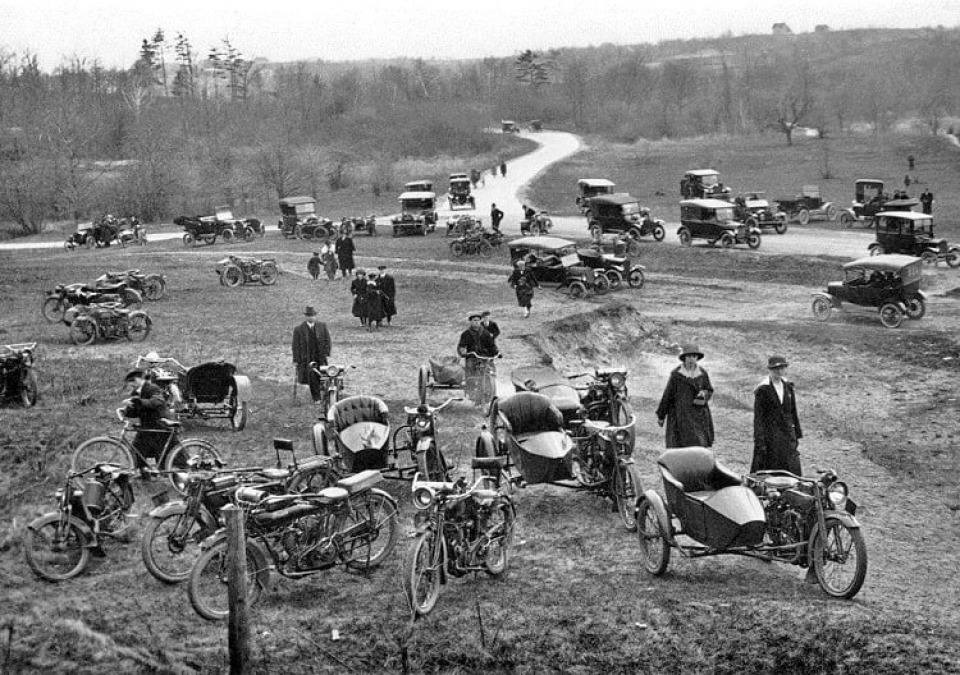
Scrambling first advanced within the UK from ‘motorcycle trials competitions’, just like the Auto-Cycle Clubs’s Trial Races in 1909 and the Scottish Six Days Trial (AKA the ‘ISDT’) that commenced in 1912. Tired of the complexity they’d created with an elaborate scoring system, race organisers distributed with the fussy particulars in favour of a race to turn out to be the quickest rider to the end.
It looks like many British pastimes are simply elaborate excuses to have a picnic open air (cricket, anybody)? And god is aware of, when it’s been raining for big chunks of the yr, you’d most likely be making up excuses to get out of your chilly, damp home too.
One of the extra splendid variations of the style was a sequence of races held within the late ‘20s and early ‘30s with so few guidelines that the one issues much less detailed than the handbook for the occasion had been the security issues for the riders.
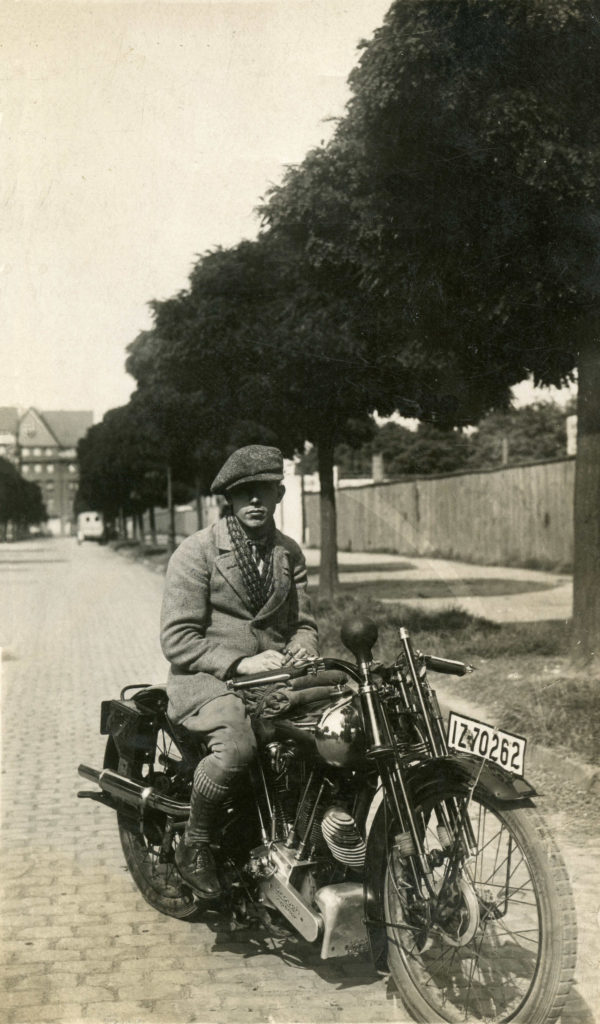
With guidelines no extra complicated than “race from this point here to that point way over there in as short a time as possible,” riders had been left to determine just about every part else out for themselves. Bike mods, tyres, using methods, and routes had been a mad free-for-all.
So mad, in actual fact, that one commentator labeled the entire riotous circus as “a rare old scramble” in an announcement that certainly should be up for some all-time “British stiff upper lip understatement award”. Think “muddy shit fight” for these all for a extra trendy translation.
But quickly, the riders had been creating their expertise and techniques by watching what the winners had been doing after which making an attempt to enhance on them. Which bikes had been quickest throughout the fields, and why? What distinction did standing up on the footpegs make? When was it faster to comply with roads and when was it higher to journey by way of a hedge somewhat than round it?
But most significantly, what modifications to their inflexible, mud-covered motorised bicycles had been going to permit them to get to the end line first? Hint: stripping pointless elements from the bikes and giving them as a lot floor clearance as doable was proving somewhat profitable.
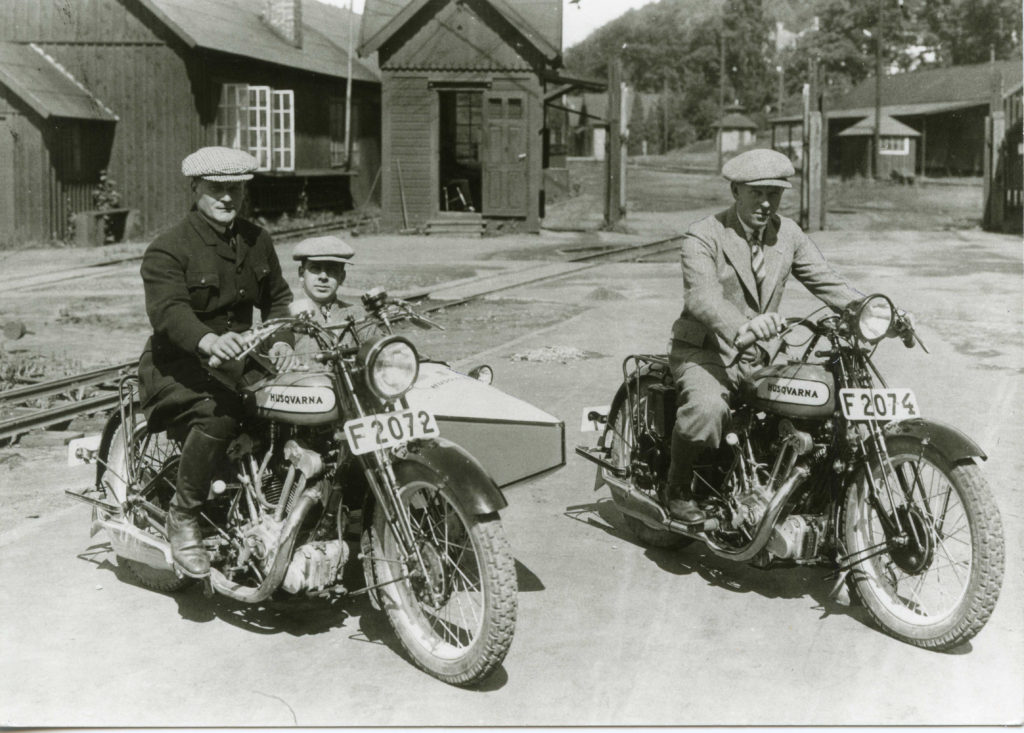
Of course, World War II noticed military motorcyclists dealing with very comparable challenges within the European trenches, North African desert, and jungles of the Pacific. Now the advantages of getting armed troopers to a beforehand impossible-to-reach level on a map briefly order had necessary tactical benefits, too.
And the place army curiosity goes, so too does cash and expertise. So as soon as the mud of conflict had settled and the Nuremberg Trials had introduced down its ultimate gavel, the moto world had a complete bunch of latest tyre expertise, engine developments, and suspension improvements to play with. And boy, did they play.

Let’s return to England, the place the game had not solely gained recognition however had additionally spawned just a few variations on the theme. The Fédération Internationale de Motocyclisme jumped on the two-wheeled wagon in 1952 by asserting the ‘European Championship Series’, which extra carefully resembled a contemporary motocross race than the outdated Scrambler occasions of yore.
Naturally, motocross occasions had been circuit-based affairs that noticed riders working laps somewhat than racing from point-to-point. From right here on in, the fragmentation was occurring as quick because the riders had been touring; over the following ten years, utilization of off-road bikes would come to incorporate path using, enduro, trials, motocross, scrambling, hill climbs, agricultural duties, and even some eccentric cross pollination amongst these classes.
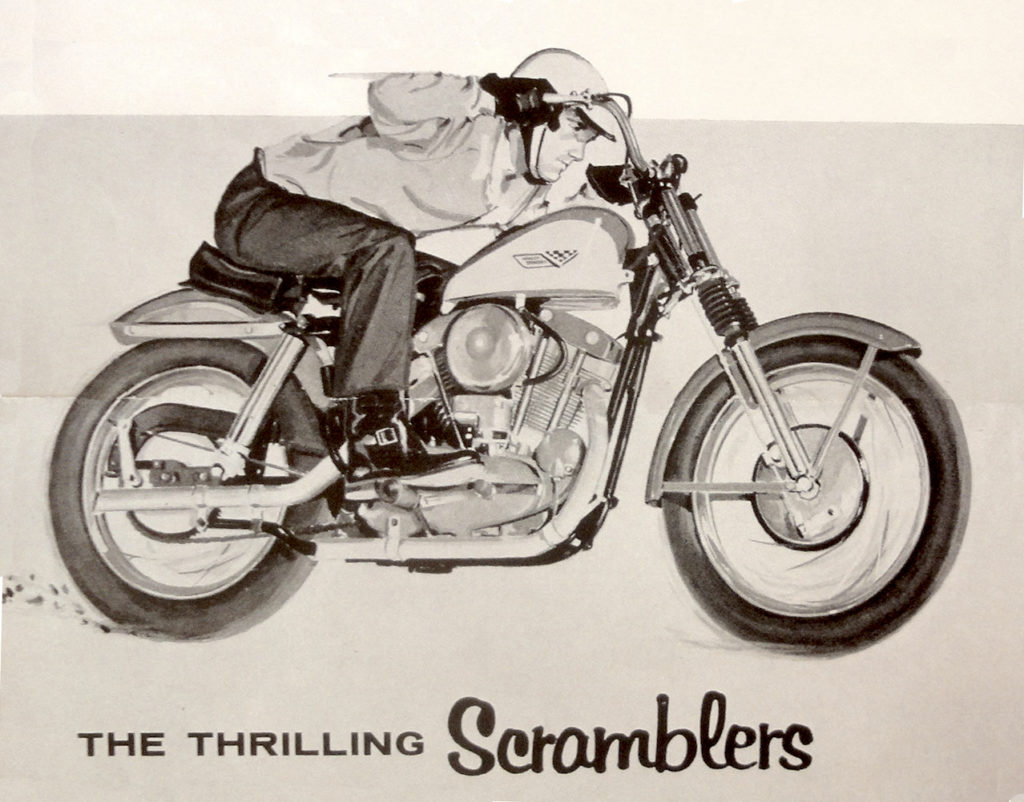
All the whereas, Americans had been creating their on-road chops by bobbing ex-army Harleys and having drunken battles with cops in what would transform the origins of outlaw bike gangs. But by the early Nineteen Sixties, they’d turned their keen-eyed moto gaze to Europe—and boy, did they like what they noticed.
Severely missing in horrible climate and muddy bogs, Californians took what they did have in spades—specifically desert sand—and put these new-fangled scramblers to very good use.
Here, too, we will see the rise of the Japanese producers and their laser-like deal with motorcycling as a weekend passtime somewhat than an expert sport. So whereas Mr. Average Joe Californian may not have been so eager on dragging his butt across the nation each weekend or two, he was positive as hell all for tearing round his native desert on a Sunday, the place he’d discover a full lack of police and a complete abundance of outdoorsy good instances.
This growth was crystallised in Bruce Brown’s “On Any Sunday” movie from 1971. And if the whole scene hadn’t contaminated these of the petroleum-bent earlier than this level, it was positive to take action afterwards.
The film introduced off-road using to the fore by together with a metaphorical ‘money shot’ on the finish that confirmed all-American hero and film star Steve McQueen ripping up the Californian sands on a ‘Desert Sled’ Husqvarna two-stroke—in a trend that made a military of women and men swoon and/or bust out their wallets and run to their native bike sellers.

The ‘60s also saw manufacturers get in on the action by releasing factory-ready Scramblers for sale. Most notably, Ducati offered up their thoughts in a series of bikes starting in the late 50s, culminating in a 450cc, 27hp model in 1969. Similarly, Honda threw a bunch of engineers at the job of selling more dirt bikes in the lucrative American market. The result was a run of lightweight, high-piped ‘CL’ sequence bikes—and the now-legendary two-stroke ‘CR’ sequence that resulted within the firm’s ‘Elsinore’ mannequin.
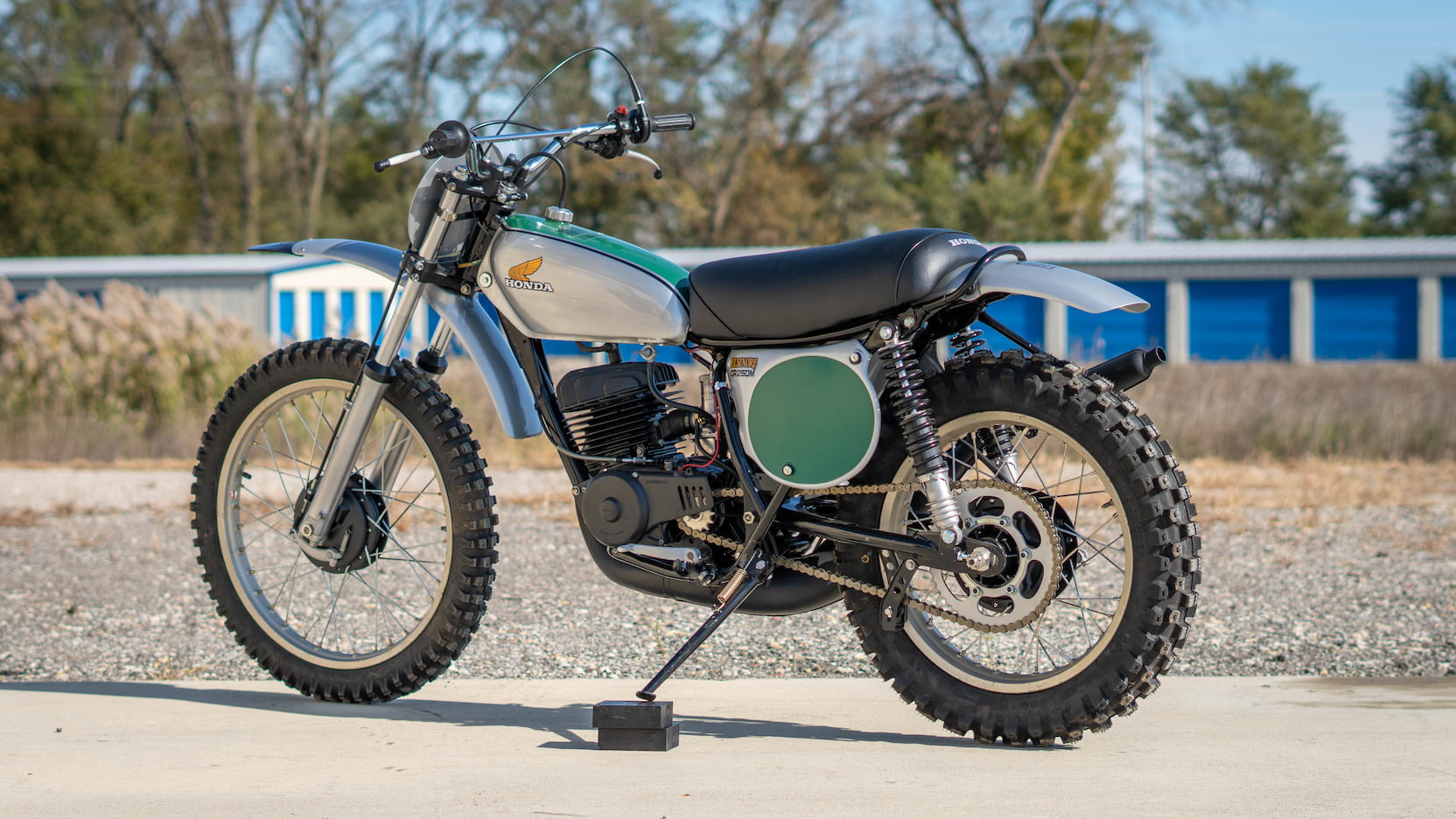
The Seventies noticed the wholesale takeover of off-road motorcycling by motocross. In 1972, the game was giving Superbowl demonstrations, and it was all a fait accompli from there on. But in Europe, point-to-point off-roading was gaining a second wind of kinds. This was due to the rise in recognition of the Paris to Dakar races that noticed producers go head-to-head with bikes they might ultimately placed on sale for an excited normal public—who had been eager on bikes that may very well be ridden on the highway in addition to conquer African deserts.
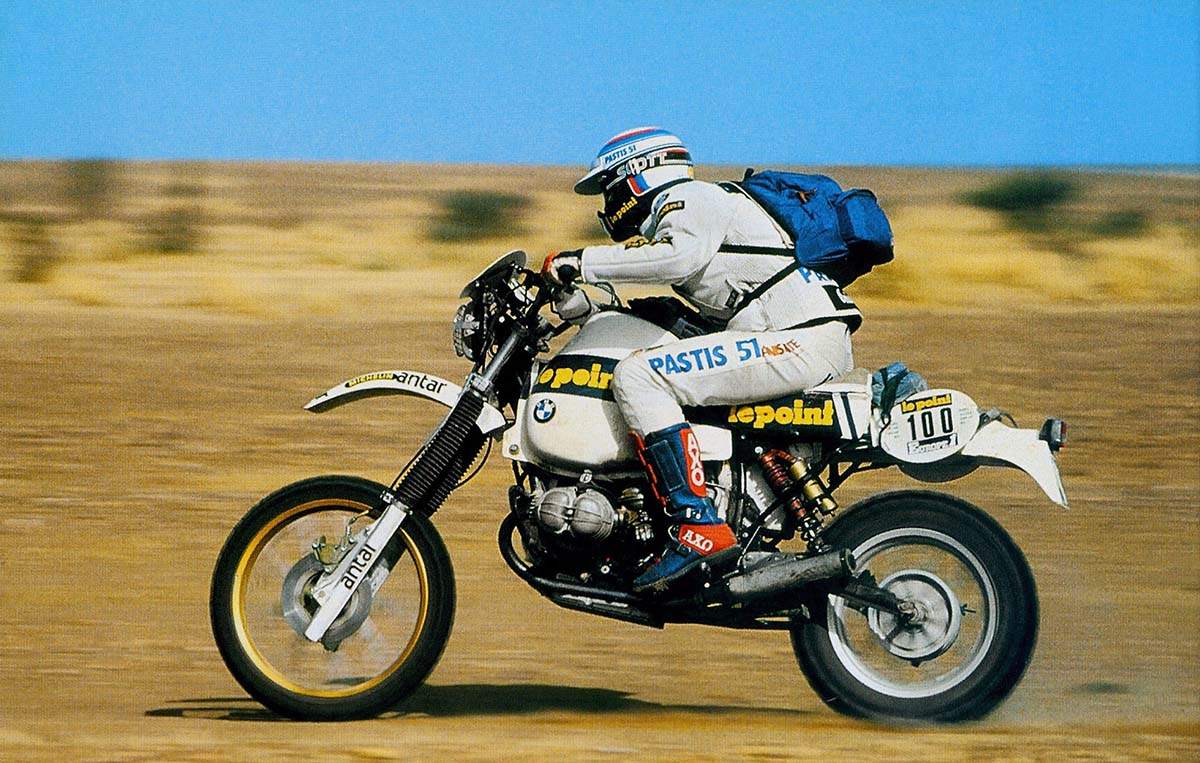
And except you’ve been dwelling beneath a rock for the previous decade, you’ll little doubt have realised that scramblers have made a comeback throughout the finish of the café racer growth. With the motion bringing all types of retro motorcycling into focus once more, it was solely a matter of time earlier than those that had been bored with café racers seemed for his or her kicks elsewhere.
But whereas the sports activities bike fad occupied many {a magazine} web page for the previous 30 years, I feel we additionally owe a tip of our hats to the journey bike style and its luminaries—like Yamaha’s XT and Ténéré, BMW’s GS, Honda’s Africa Twin, and the Cagiva Elefant that stored up the scrambler ethos intact whereas all of us roared round wanting like Mighty Morphin’ Power Rangers. The reality you can nonetheless purchase most of them at present is a testomony to the actual attraction of those ‘rare old scrambles’ and their 100-plus-year historical past.
[ad_2]
Subscribe to our weekly newsletter below and never miss the latest product or an exclusive offer.

